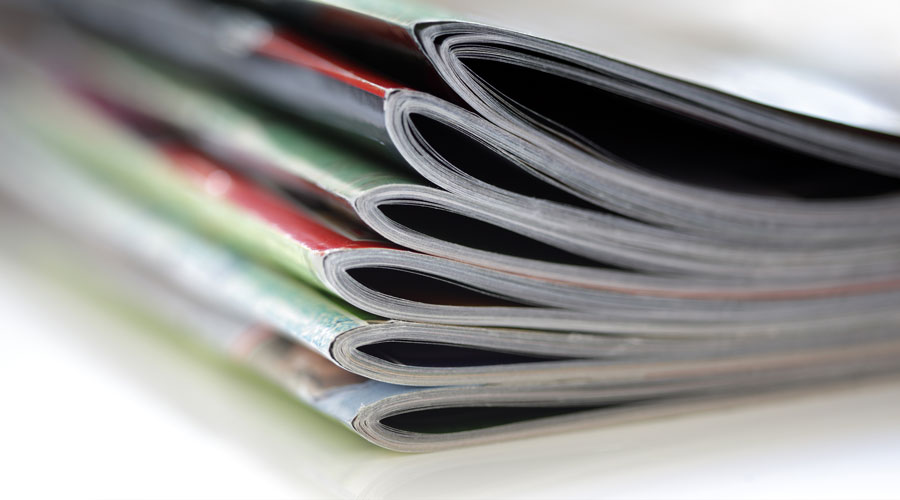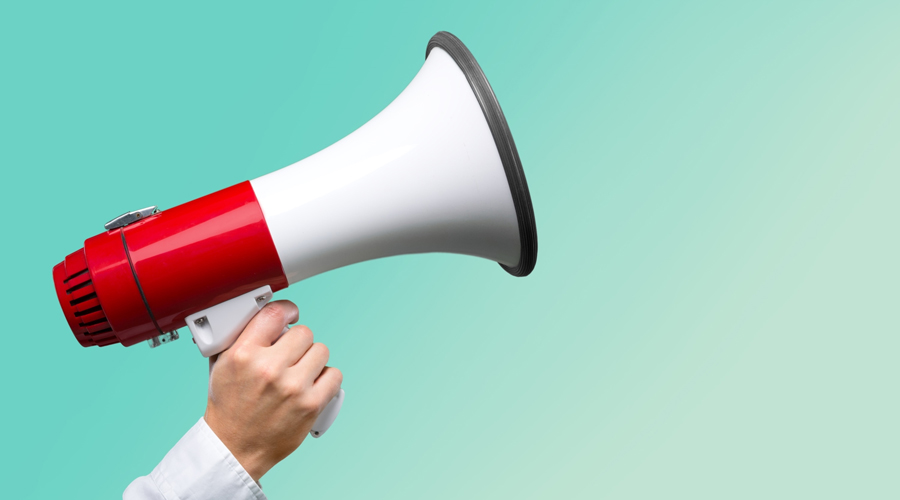Inside: If your communication strategy is one-dimensional, you’re leaving valuable information on the table. Here’s how to cover all your bases.
Communicating with patients is an integral part of any independent community pharmacist’s job. Whether you need to discuss insurance issues, doctors’ orders, or medication management, the channel you use to communicate use matters.
Pharmacists convey vitally important information every day. From doses and directions to refill details, misunderstanding (or simply missing) your message leads to adherence issues like missed or incorrect doses.
In a world where we can receive text messages on our watches and talk to our TVs, pharmacies have more communication options than ever.
Here’s how to pick the right channel for the right time and the right patient.
Text messaging
Use text messaging for:
- Refill reminders
- Appointment confirmations
- Brief, simple questions and answers
Text messages may feel like a new frontier, but 97 percent of Americans texted at least once per day in 2015. (That’s all Americans, not just young people.)
Research suggests pharmacists can use the ubiquity of texting to their advantage. A recent study published in the Journal of the American Pharmacists Association found that text message reminders reduced the time it took for patients to pick up their prescriptions by twelve hours.
Pharmacists have both a professional and a business interest in getting patients to pick up their prescriptions promptly. Taking medications home on time is the first step toward medication adherence, which is crucial to improving health outcomes and boosting your revenue. Letting medication sit unclaimed on the shelf for days or weeks affects your accounting and inventory control.
Implementing automated text message reminders could be as easy as calling your current pharmacy management software provider. Many popular systems already offer this feature, and your sales rep is likely happy to set you up.
Alternatively, companies like OmniSYS and Alert Solutions sell standalone patient communications software.
Benefits of automated text message reminders:
- Quickly relays simple information
- Improves prescription pickup time
- Increases adherence
- Increases accessibility for deaf and hard of hearing patients
If your pharmacy already provides automated text message reminders, you can still expand your communication options with two-way texting. Research also suggests that two-way texting can strengthen the relationship between a small business and its customers. It’s not a “set it and forget it” solution like a reminder system. But if you’re already communicating via phone with patients, adding a new way to do that may not require a significant additional time investment.
Benefits of two-way text messaging:
- Patients can text from locations where calling would be impractical
- Increases accessibility for deaf and hard of hearing patients
- Easier to copy information such as names, addresses, and phone numbers rather than listening and writing them down
- Patients who feel uncomfortable calling may feel better about texting
- Patients can easily refer to information in the text to confirm instructions, leading to better adherence
Phone calls
Use phone calls for:
- Time-sensitive questions
- Longer discussions
- Explaining complex situations
Phone calls are advantageous when you need to have a discussion, such as an interview for a med sync program. It’s also the preferred method when you anticipate questions or counseling.
Assuming the patient picks up, phone calls are the easiest way to confirm that you actually reached your patient.
Research also indicates that multiple post-discharge follow-up phone calls from pharmacists can help lower hospital readmission rates. The continuity of care helps patients and other providers stick to an appropriate transition plan.
Benefits of phone calls:
- Helps humanize pharmacists
- Easy to know if you’ve reached your patient
- Facilitates dialog
- May be easier to explain complex situations
Face-to-face
Use face-to-face appointments for:
- Medication reviews
- Immunizations
- Consultations
Speaking with a patient in person gives you the chance to observe their body language and pickup on things they may not be telling you out loud. A smart healthcare provider knows that what patients don’t say is just as important as what they do say.
If you rattle off complicated instructions and your patient says “OK,” their confused squint can indicate that you should offer to write it down for them. Your eyes and your ears help you pick up on uneasiness, confusion, or discomfort that will help you ask the right questions.
When nuance is crucial, in-person appointments can facilitate good communication between pharmacists and patients. An appointment-based model has been shown to improve medication adherence, leading to better health outcomes.
Taking the time to both talk and listen builds a dialog instead of limiting communications to one-sided orders. And, unlike automated text messages, the direct interaction also helps humanize pharmacists in the eyes of patients.
Benefits face-to-face communication:
- Body language is visible
- No need to leave messages or wait for replies
- Facilitates dialog
- Helps humanize pharmacists
Emails
Use emails for:
- Newsletters and marketing
- Information to be referenced later
- Documents and records
- Messages that aren’t time sensitive
Email is an excellent format for marketing and a convenient way to communicate with vendors or other people outside your organization. It may not be the best way to communicate specific, health-related information to patients.
Unlike text messages, emails are likely to sit in someone’s inbox for hours or even days. They’re easy to ignore or forget. However, complicated directions that may need to be referenced are better suited for email than text messages because there are no character limitations and email inboxes are easier to search than SMS inboxes.
Benefits of sending emails:
- Less disruptive than calls or texts
- Great for sharing documents
- Easy to search and reference
Meet them where they are
Whether your patient still loves using a landline or prefers to drop by the store to chat, the most effective mode of communication is the one that works for them. Be ready and willing to exchange information in a variety of ways. Patients will appreciate the personal attention and flexibility while you enjoy better adherence rates and fewer abandoned prescriptions.
For best results, be prepared to mix new and old modes of communication in your pharmacy
Want more pharmacy business tips and advice? Sign up for our e-newsletter.












